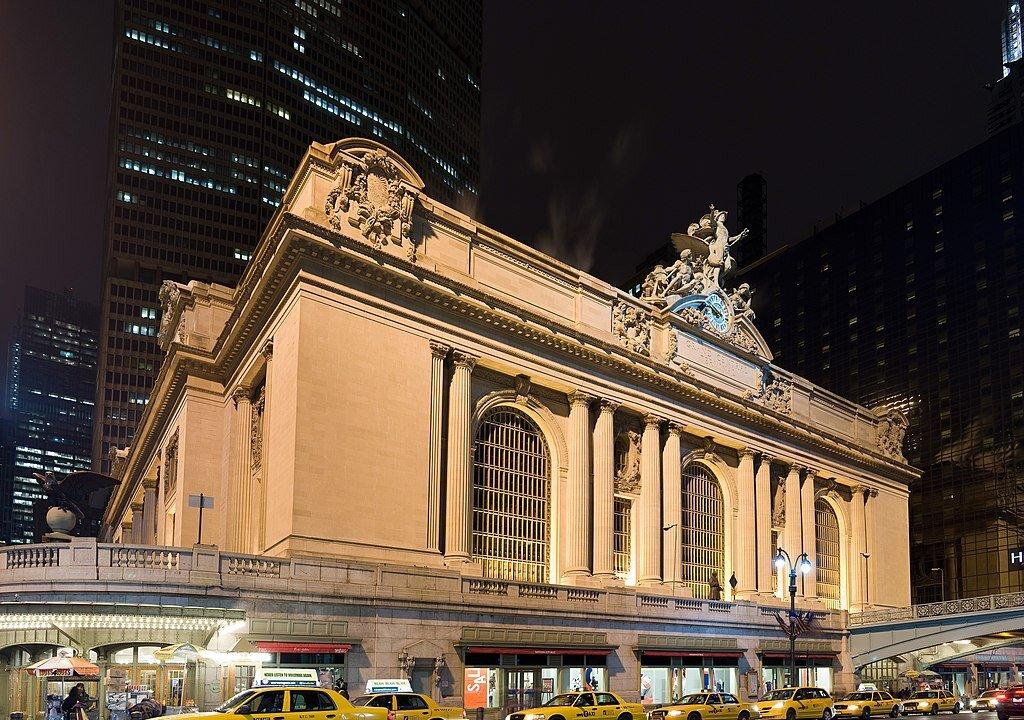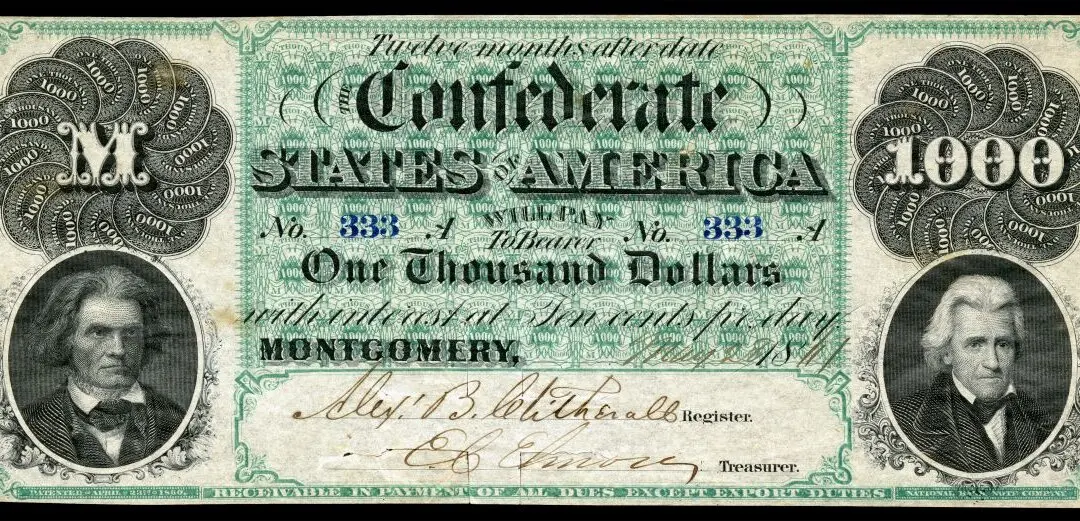From 1790 to 1860, the population of New York City had grown nearly 25-fold. Its population boom had just begun.
Arguably, no other New Yorker harnessed the power of this population growth like Cornelius Vanderbilt, the poor Staten Island boy who became America’s first tycoon.






